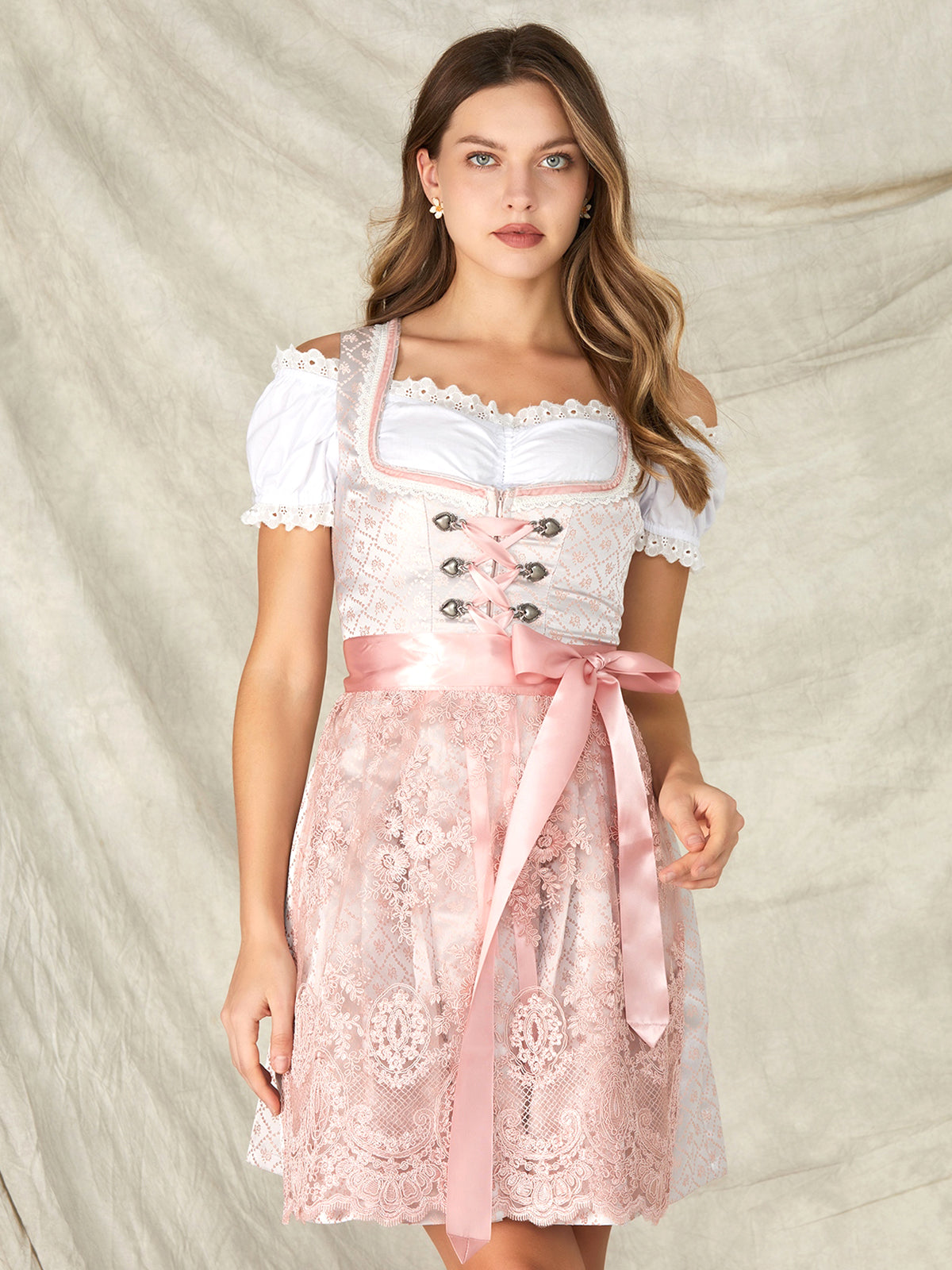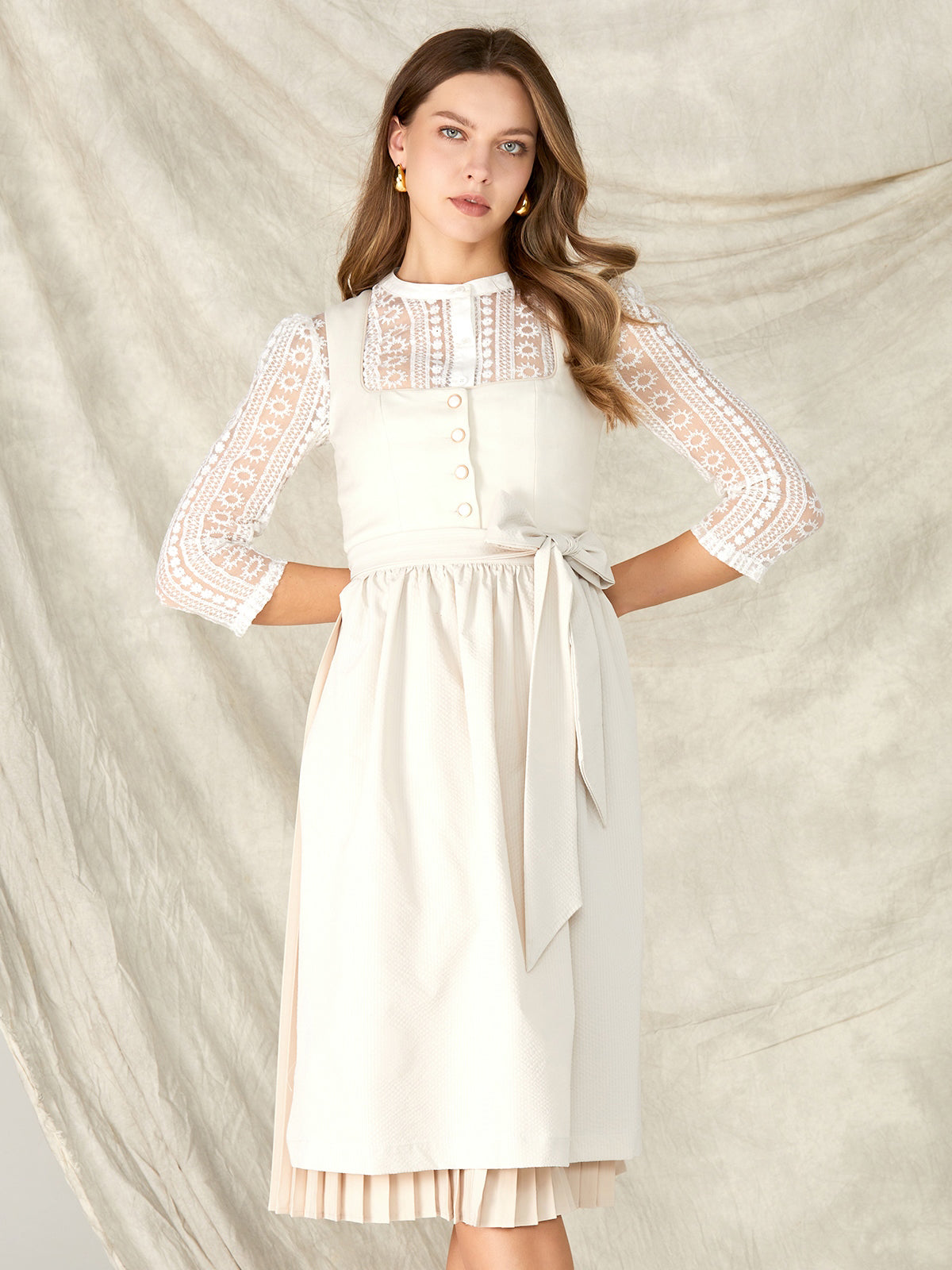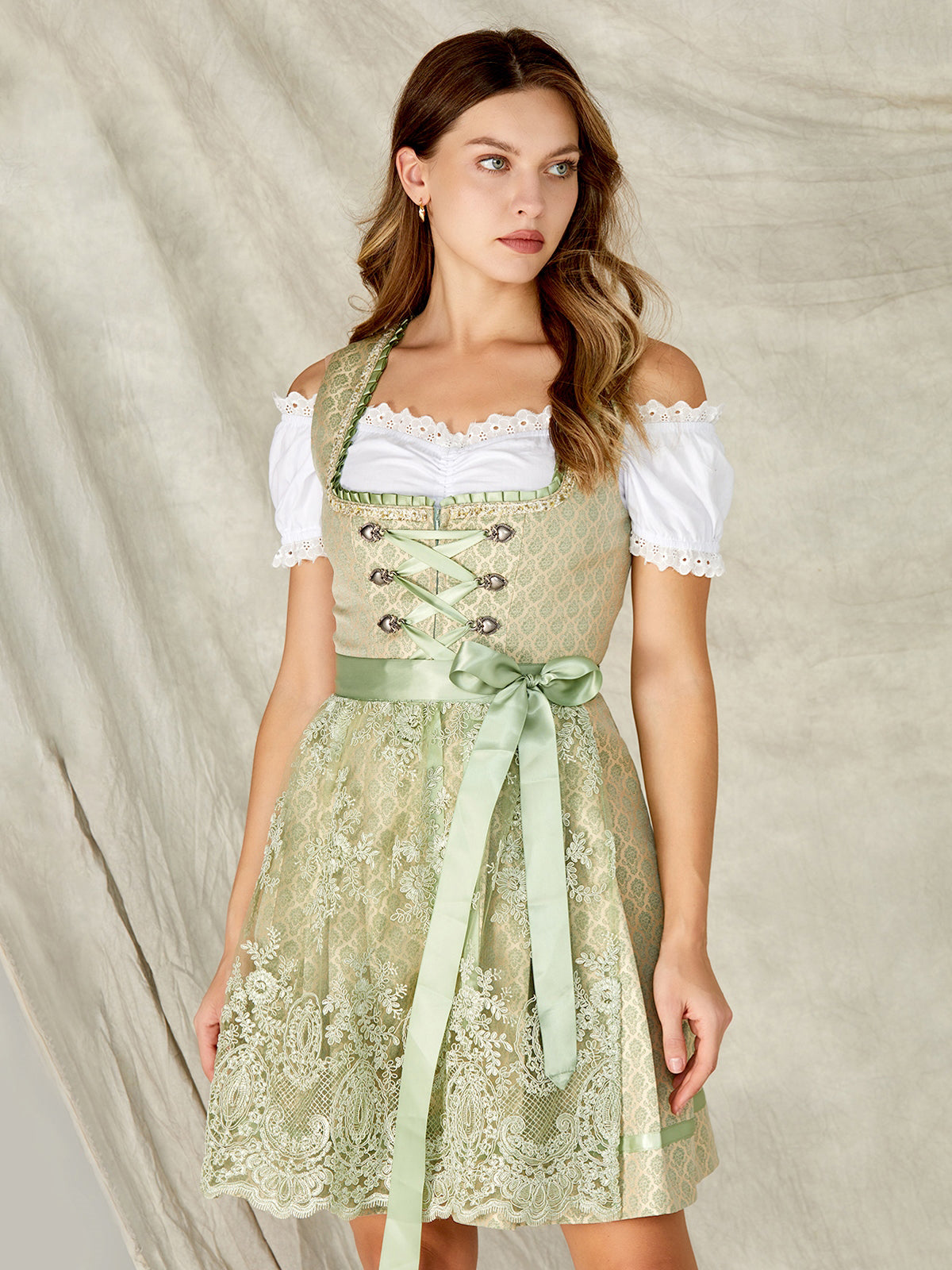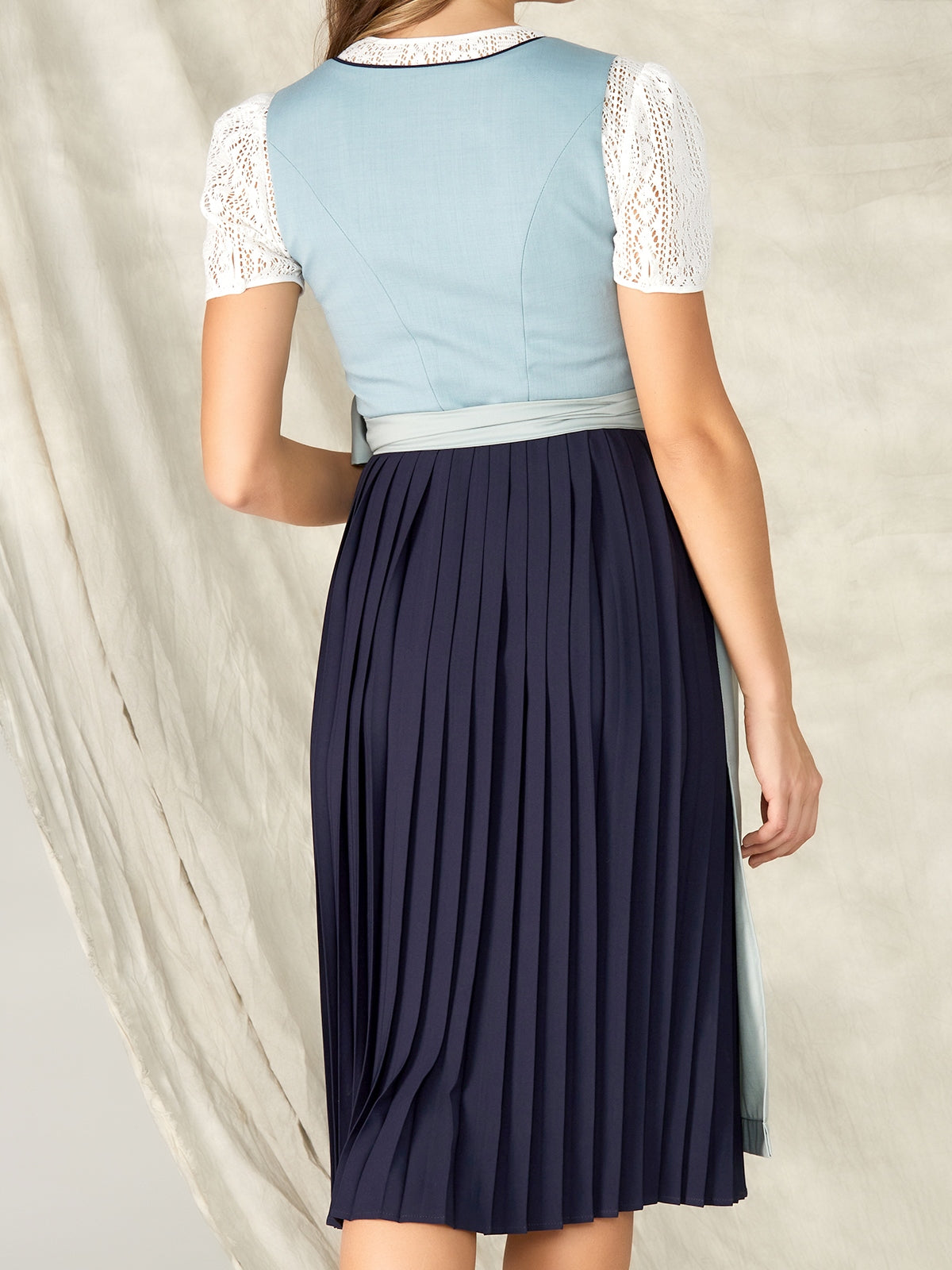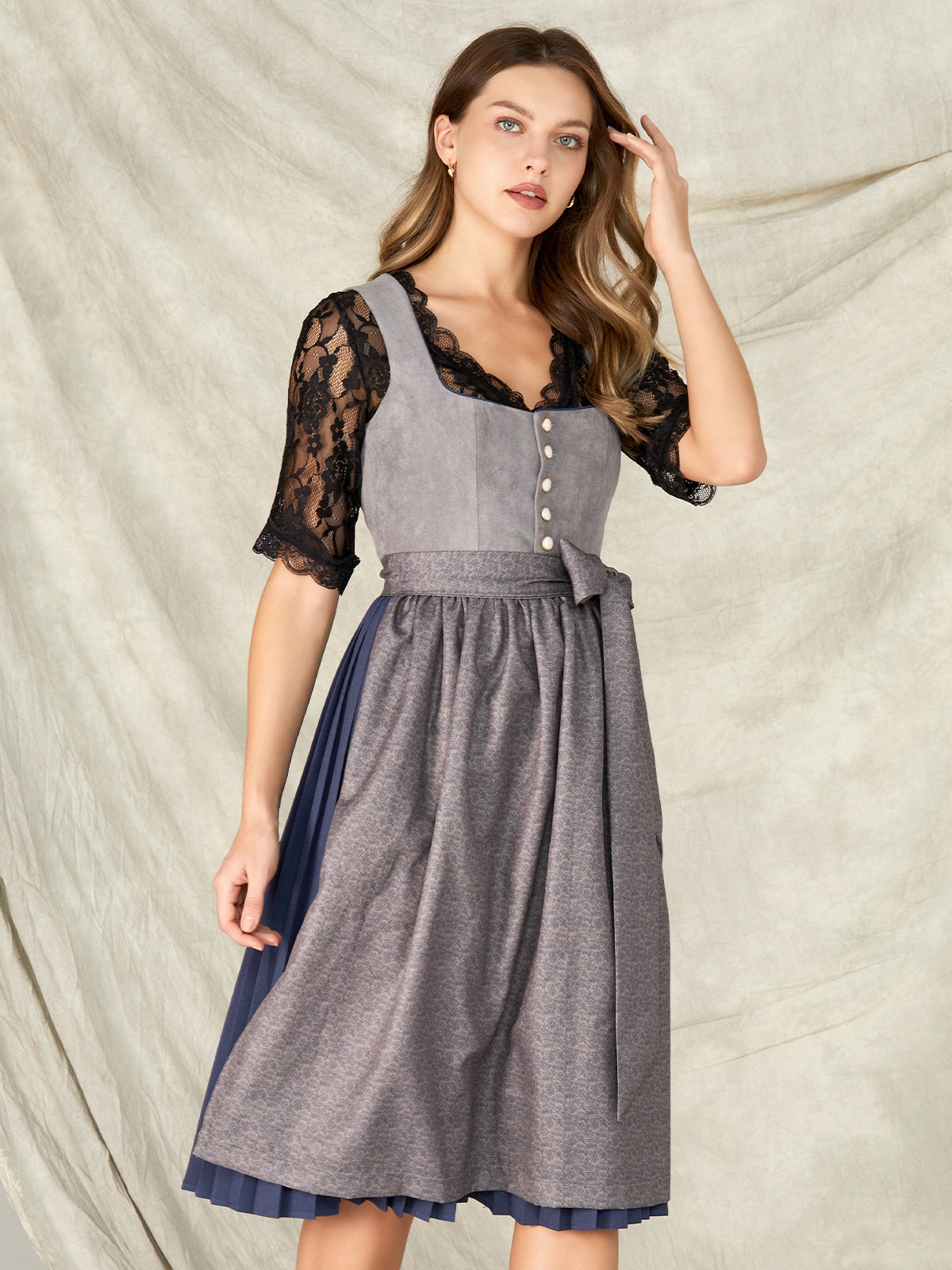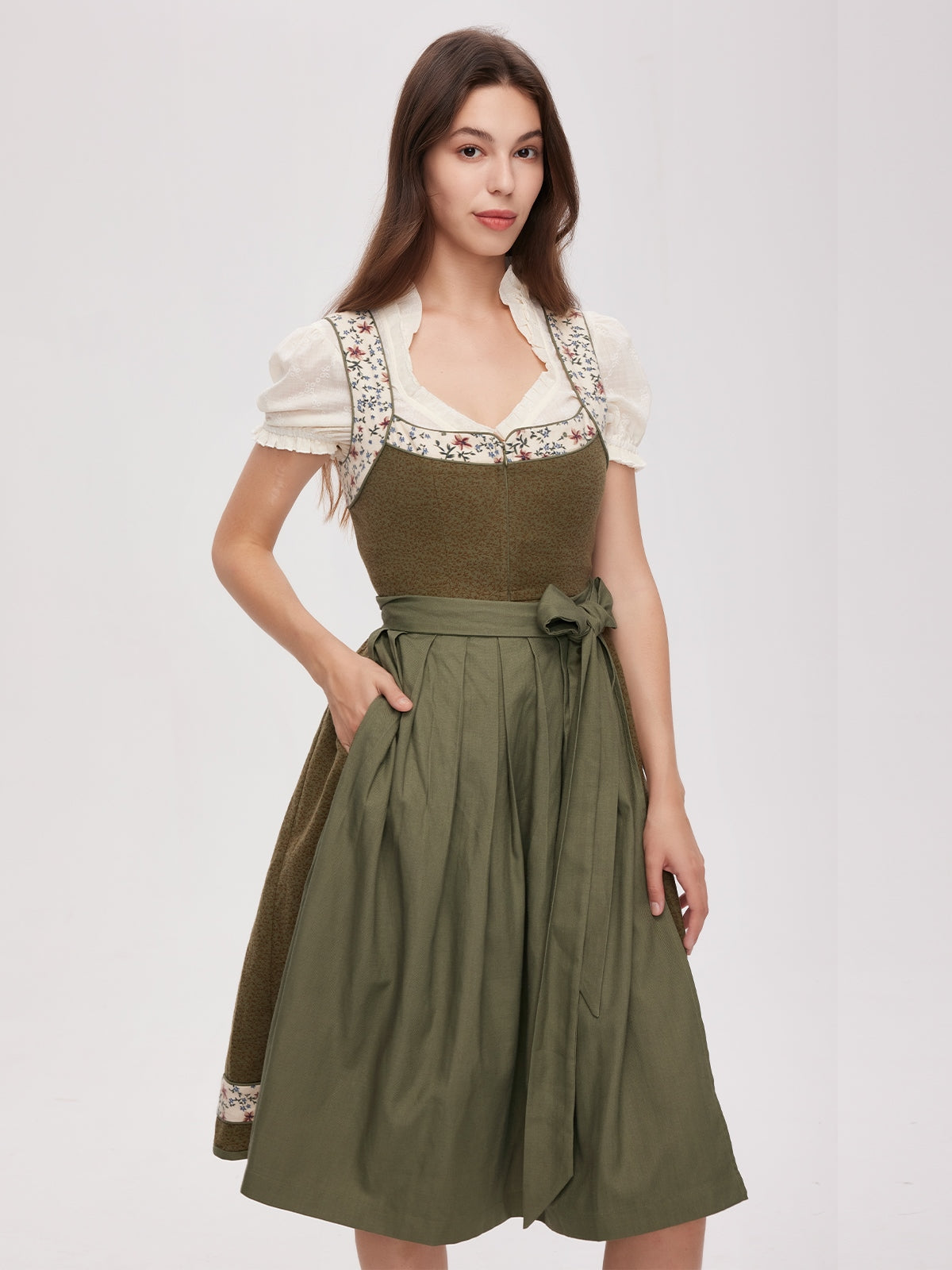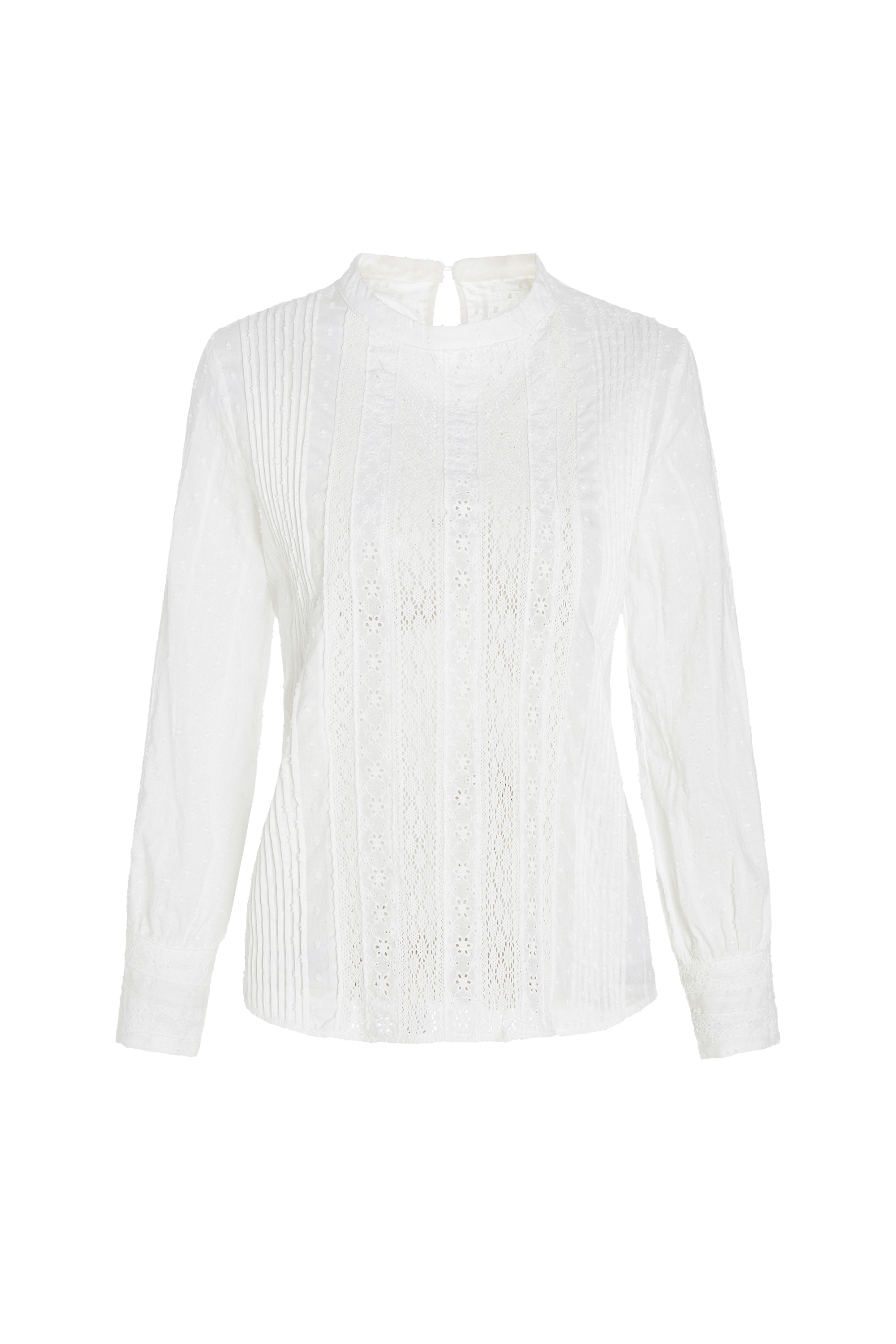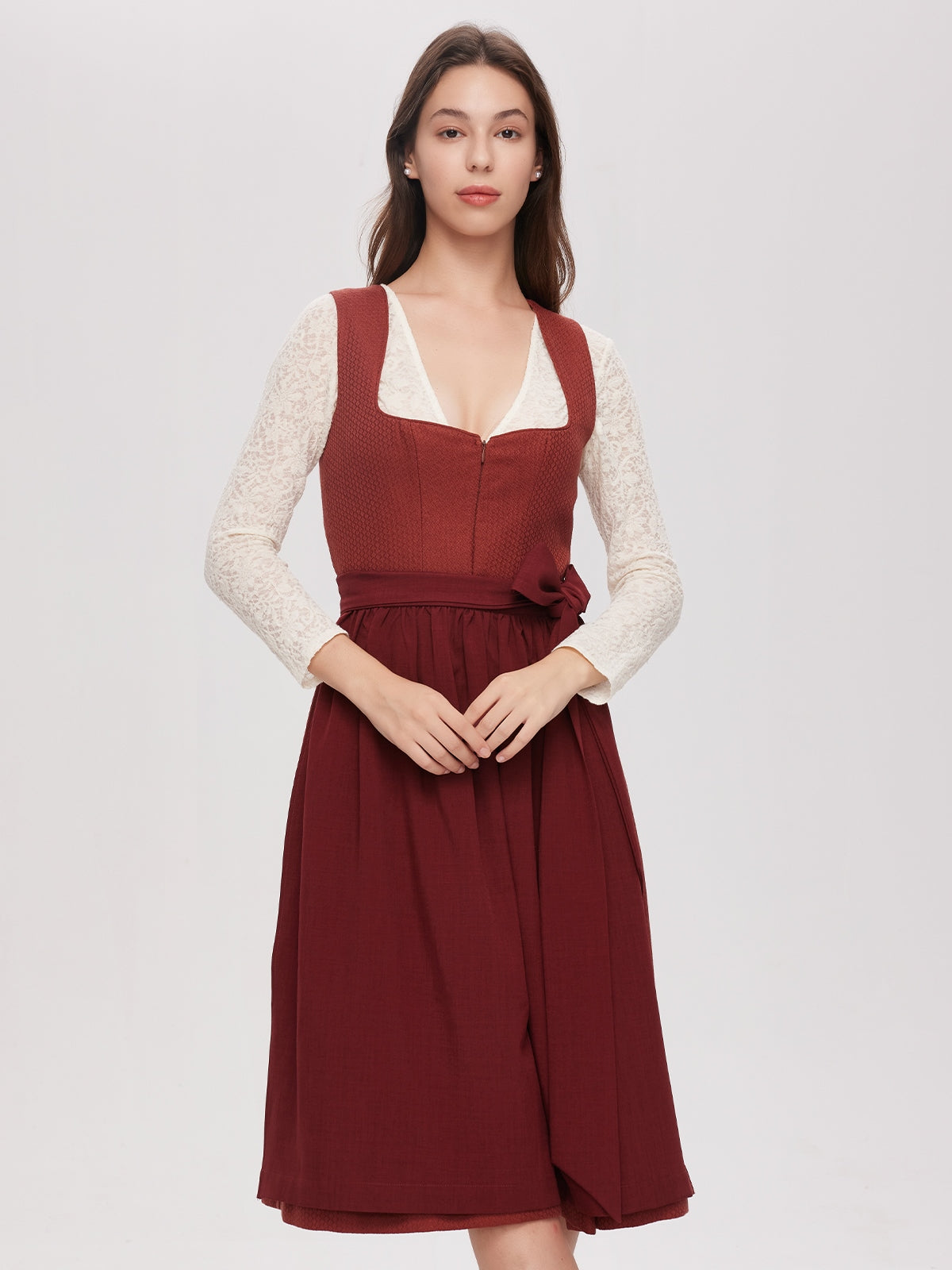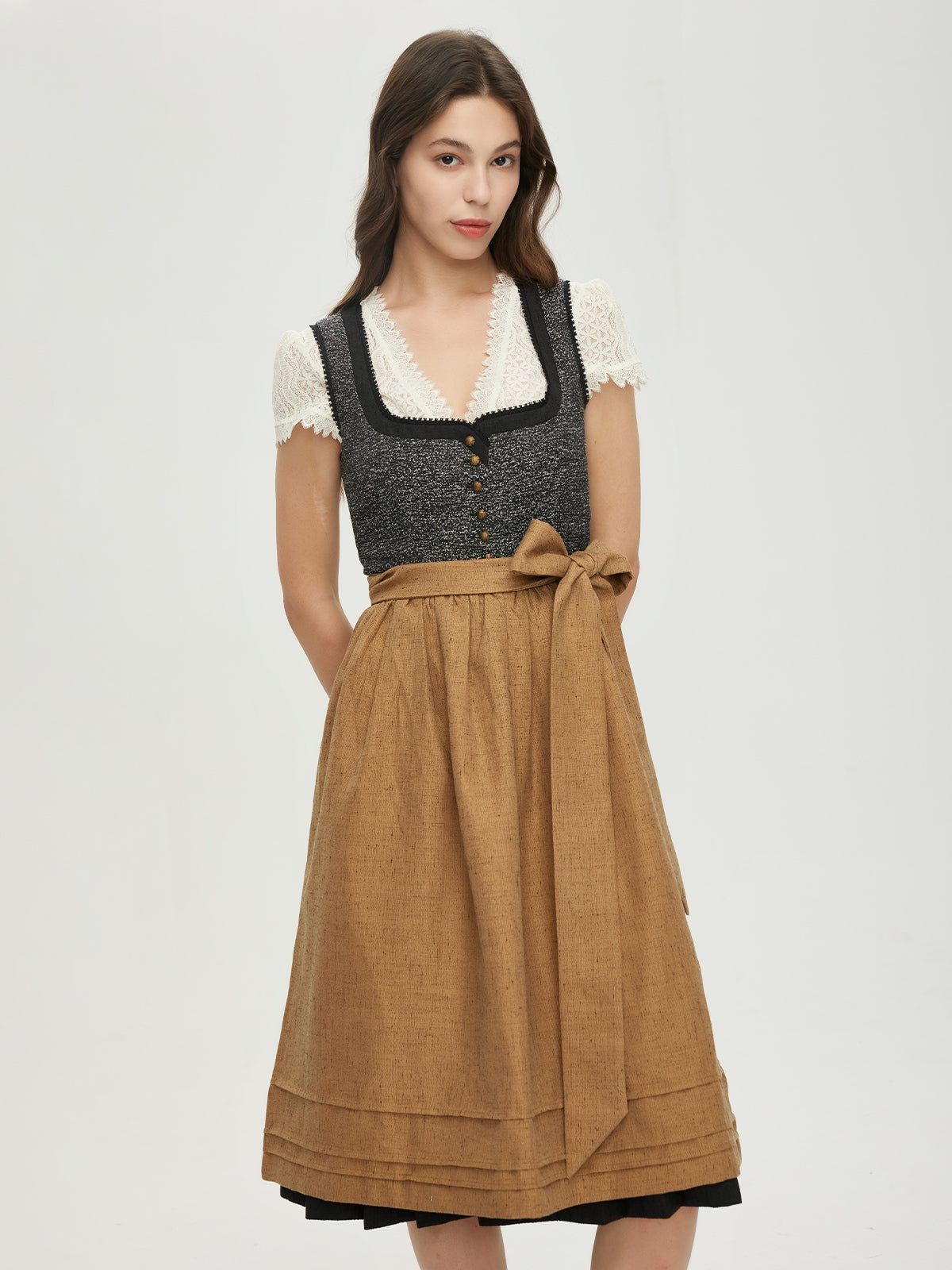The story of the blue skirts
Origins
The blue skirt has its roots in various cultures. In the Western world, blue dye was originally expensive and difficult to produce. In ancient times, blue fabrics were often made from indigo extracted from plants. In Asia, particularly in China and Japan, the blue hue also had a long tradition. Indigo-dyed fabric was very popular in Japan and was used to make clothing such as kimonos.
Development in the Middle Ages and Modern Times
In the Middle Ages, the blue skirt was often a symbol of wealth and status, as the production of blue dye was expensive. Kings and noblemen enjoyed wearing blue robes. With the development of the textile industry in modern times, blue dye became more accessible, and the blue skirt also became popular among the general public. In the 19th-century fashion movement, blue skirts were often associated with elegance and discretion.
Fashion trends
Throughout the 20th and 21st centuries, the blue skirt has continued to play an important role in fashion. From classic blue pleated skirts to modern, form-fitting blue denim skirts, the blue skirt has undergone many new interpretations. It is used in both high-fashion and streetwear.
The brown-blue skirts
Color combination and style features
The brown-blue skirt is a special color combination that combines the warmth of brown with the coolness of blue. This shade can come in various shades, from light brown-blue to dark brown-blue. Brown-blue skirts often have a cozy and natural look. They can be made from various fabrics, such as linen, wool, or cotton.
Cultural significance
In some cultures, the brown-blue hue represents the connection between earth and sky. The brown symbolizes the earth, fertility, and strength, while the blue symbolizes the sky, freedom, and the infinite. In folk fashion, brown-blue skirts were often worn by peasants and rural dwellers to demonstrate their connection with nature.
Fashionable applications
In today's fashion, brown-blue skirts are often used in a more country or bohemian style. They pair well with light-colored shirts or black jackets. A brown-blue skirt can be worn for both a relaxed day trip and a cozy dinner at a restaurant.
The dark blue skirts
Symbolism of the dark blue color
The dark blue color has deep symbolic meaning. It often represents strength, reliability, and seriousness. In military uniforms, the dark blue color was often used to represent discipline and power. The dark blue skirt is also a classic in high-end business fashion, signaling professionalism and honesty.
Style features and design variations
Dark blue skirts can be designed in a variety of styles. There are form-fitting pencil skirts that accentuate the figure, as well as voluminous ballerina skirts that add a romantic touch. The dark blue skirts can be decorated with various patterns such as stripes, checks, or diamonds for added variety.
Combination options
The dark blue skirt is very versatile. It pairs well with white, light blue, or black and white tops. With black boots and a black jacket, you can create a sophisticated and professional look. In summer, you can also combine it with sandals and a light shirt for a fresh, summery look.
The influence of traditional skirts on today's fashion
Rediscovery of tradition
In recent years, there has been a trend toward rediscovering traditional garments such as blue, brown-blue, and dark blue skirts. Designers are becoming increasingly interested in incorporating cultural roots and traditions into their designs. This is leading to a revival of old patterns and colors in modern fashion.
Sustainability and tradition
The production of traditional skirts is often associated with artisanal processes that emphasize sustainability and quality. At a time when sustainability is becoming increasingly important in the fashion industry, these traditional manufacturing methods are being appreciated again. Reusing and preserving traditional skirts also contributes to reducing waste in the fashion world.
Individuality and style
Wearers of traditional skirts often seek individuality and style. Unlike mass-produced garments, these skirts have their own history and character. They allow people to stand out from the crowd and express their own style.
conclusion
The traditional blue, brown-blue, and dark blue skirts are not only beautiful garments, but also bearers of history, culture, and symbolism. They have continually evolved over time and remain relevant in today's fashion. The rediscovery of these traditional skirts not only brings beauty and style to the fashion world, but also sustainability and cultural awareness. We should cherish and develop these precious traditions to preserve the diversity and beauty of fashion.

